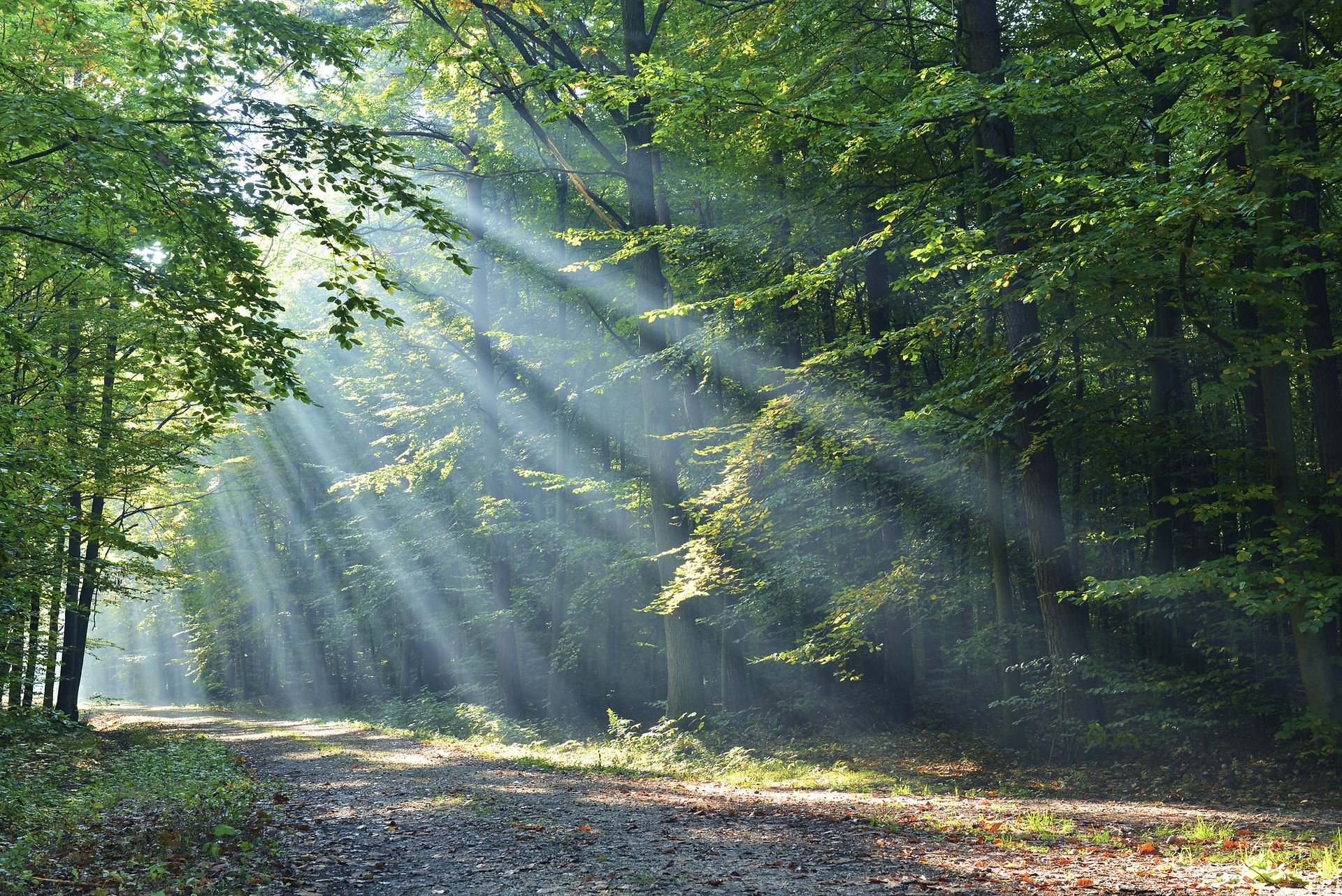Utah Juniper (aka “Big Sexy”)
- Peter Tea
- Apr 3, 2014
- 4 min read
Updated: Oct 8, 2020
Now that I have settled back in California, it’s time to rebuild my Bonsai collection! For the past 6 months, I have been slowly rebuilding the Bonsai business I left behind and have worked with many terrific people. I have study groups that have formed throughout California and even in other States! You can say that I’m living the Bonsai dream! I hope to play my part in helping the promotion of bonsai in the United States and get good information out there to those that want it. My other goal is also to build a quality bonsai collection for myself and not just enjoy the final development of the trees, but the journey as well.
That brings us to the tree that you see below, known by some (mainly the collectors) as, “Big Sexy.” There is no doubt that this tree is big, though I didn’t buy it just for the size. The tree has some very interesting characteristics and I saw it as a long-term project for myself. This post will be the first of many where I will document the development of this collected Utah Juniper and the journey (techniques) it will undergo to produce a (hopefully) great Bonsai piece. Here are a few pictures that highlights the interesting trunk.



History
Before we get start on the work; here are some pictures of the tree when it was first collected in 2010.




Repotting
The first thing I needed to do with this tree is to repot it. I want to get the tree into better soil so that the roots will grow more vigorously and to examine the root ball to see if it’s possible to get the tree into a smaller pot. There are some really big trees in Japan, but a 5 foot long pot is just too big for Bonsai.


























Wait! But what if?…
So in this case, I was fortunate that the roots I wanted were in a good location. But what if they were not? What if the roots were reversed and I needed the root ball that was extending far to the left? In that case, my next option would be to perform several root grafts in the desired locations. After 1-2 years, the graft will have taken and I can then cut off the long heavy roots during the next repotting. This is a much easier and faster alternative then to try to separate life lines and bend them around in the pot.
The Box
The best way to house a collected trees is to build a custom sized box. Once I get the root ball down to a more appropriate size, then I’ll look for a ceramic pot. A plywood box will last for many years.




The Soil
The typical soil mix I’m currently using for conifers is 50 percent Akadama, 25 percent pumice, and 25 percent lava. In this case, the volume of soil is so large that my standard mix would hold too much water for the tree. For this tree, I decided to use much coarser (drier) soil and drop the akadama level down to 33 percent (drier) while increasing the pumice and lava to 33 percent (drier).
If this tree were a very small shohin sized tree, I would use a higher akadama content in smaller sizes.













Repotting in the Fall
Larry and I repotted Big Sexy in September of 2013. If you live in an area that doesn’t have hard freezes (below 32 Fahrenheit or 0 Celsius) in the Winter, then repotting Junipers in the Fall is very safe. Though we won’t see much foliage growth till the following Spring. For those that have very cold Winters, stick with repotting them in the Early Spring.
So What’s Next?
At this point, I am going to allow the tree to grow for several years. I don’t expect to see much growth in 2014 because our native Junipers tend to be slow when they are repotted. I will start to lightly fertilize the tree in April. I will expect to see much more growth in 2015.
In about 3-4 years, I plan to graft Kishu Shimpaku to the top of the tree and replace the Utah foliage. Now before you purist out there cry foul, I’m just doing it to this particular tree whereas I’m keeping natural foliage on my other collected Junipers. Why not have some variety in the collection? My goal is to develop the Kishu foliage, work the deadwood, develop the life line and make the tree shorter. I want to see the foliage pads closer to the interesting blade of the tree and have lots of deadwood sticking out of the top of the apex. The tallest deadwood piece at the top will be about 3 feet (91 cm) from the soil line and I’m going to try to make the maximum height of the apex at about 2 feet (61 cm) from the soil line. If all goes well, this tree will be show ready in about 15 – 20 years. That may sounds like a long time, but in Bonsai years, it’s not bad considering the size of this tree. Besides, for most of us, the last 15 years has gone by in a flash. I know I feel that way already. Big Sexy is definitely a keeper! I probably won’t repot the tree for at least 5-7 years.
“There is no such thing as instant Bonsai. If there is, its probably not that good.”

Thanks for reading… and more post to come!
p.s. For those that are curious, the tree has survived the repotting and is starting to push new growth this Spring. 😉

Comments